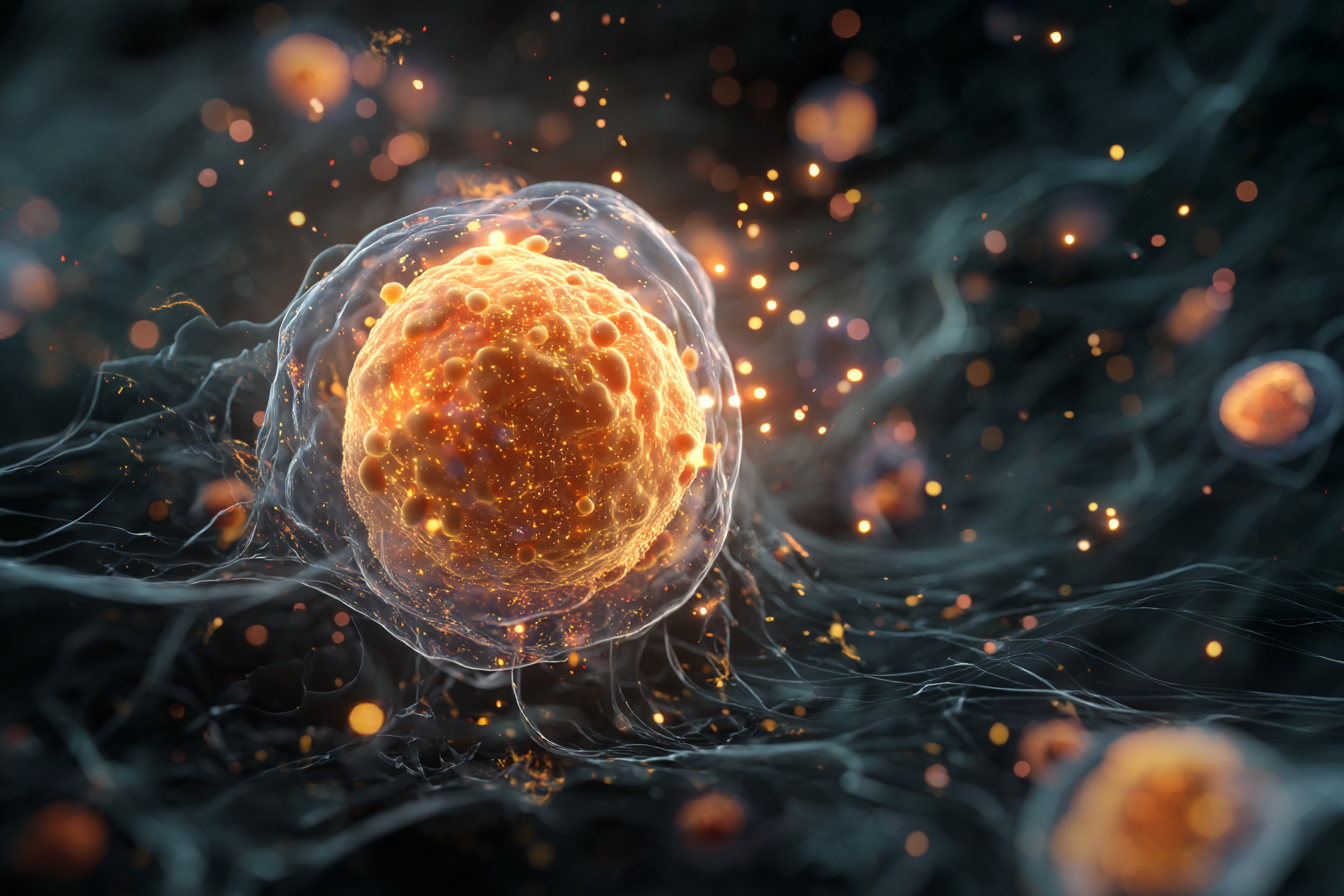By Futurist Thomas Frey
In a laboratory somewhere between audacity and necessity, researchers at MIT and Harvard have reprogrammed natural killer (NK) cells to become “invisible”—able to slip past the body’s own defenses and annihilate cancer with ruthless precision. These engineered CAR-NK cells don’t just confront tumors; they duck under the radar of immune rejection. Tested in humanized mice, they wiped out cancers while avoiding dangerous immune reactions. This isn’t incremental immunotherapy—it’s a step toward internal assassination of disease.
The fundamental barrier in immune cell therapies has always been paradoxical: empower a foreign cell to attack cancer, and the body sends its own immune system to kill that cell first. In the new design, scientists suppressed expression of HLA class I proteins (the “display flags” the immune system uses to detect self vs. non-self), while selectively activating genes like PD-L1 or an HLA-E mimic to cloak the cell. The result: donor NK cells that are less likely to be attacked by T cells, yet still retain (or even enhance) their tumor-killing capability.
In mouse models with human immune systems and lymphoma tumors, these invisible NK cells persisted for weeks, eliminating most cancer cells. In control groups, unmodified or partially modified NK cells were wiped out by host immunity within days, allowing the tumor to proliferate. The new approach also showed lower rates of cytokine release syndrome, a dangerous side effect of many immunotherapies.
If this technology scales, it will rewrite the rules of cancer therapy. Imagine off-the-shelf cancer therapies that don’t require weeks of bespoke cell preparation for each patient. You diagnose, you inject, and these “invisible warriors” deploy, persist, strike, and recede—all without triggering the body’s rejection systems. The implication: disease becomes a matter of infiltration, not just targeting.
But physics and biology are never so generous. Suppressing immune flags risks deficiency in self-recognition. Researchers must balance invisibility against unintended side effects—autoimmune suppression, off-target attacks, or unseen proliferation. The digital “stealth” code must never mutate. Regulatory systems will demand failsafes and “kill switches.”
Yet the bigger shock isn’t technical. It’s coping with a world where the immune system becomes not just our defender, but our collaborator—or battlefield. We’re engineering cells not just to fight disease but to rebuild the immune contract: who defends whom? As cancer becomes a war of stealth, we will ask how far we’re willing to blur the lines between foreign and self.
Final Thoughts
These invisible immune agents don’t just kill cancer—they bend nature’s rules. If perfected, they’ll shift medicine from defensive warfare to surgical infiltration. But they also force us to confront a provocative question: when your body’s own security forces can’t distinguish friend from foe, what does survival mean? The invisible, after all, may be the most powerful weapon of all.
Original article: MIT and Harvard Build “Invisible” Immune Cells That Obliterate Cancer
Related reading:
- Scientists Use Electricity To “Reprogram” the Immune System for Faster Healing
- 3D Bioprinting Enables Detailed Models of the Human Placenta


